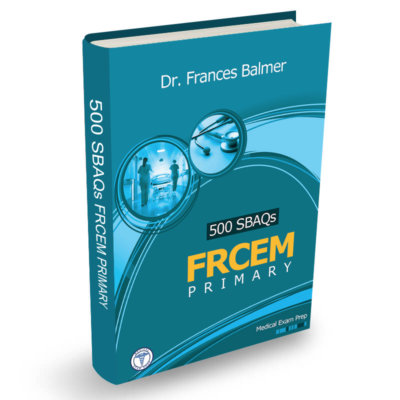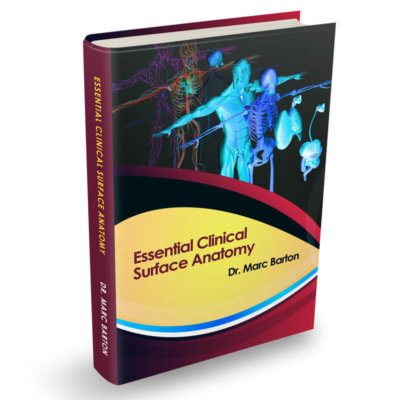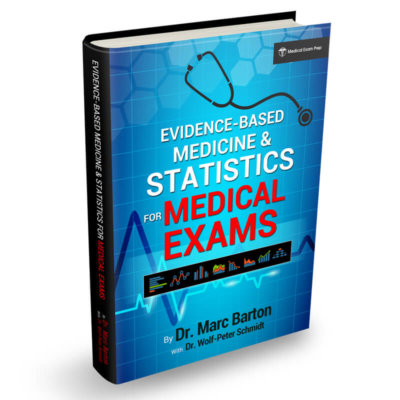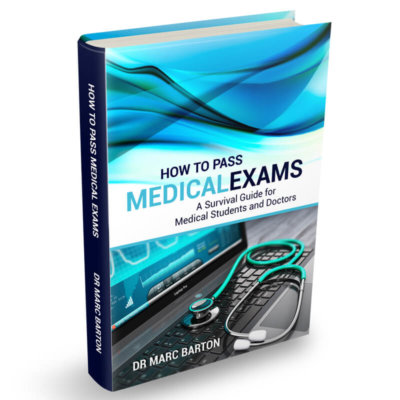


Mastering the Symphony of the Heart: A Comprehensive Guide to the Heart Sounds
The heart produces a symphony of sounds that can provide valuable insights into a patient’s cardiovascular health. This article will delve into the fundamental principles of heart sounds, their physiological basis, and their clinical significance, equipping...
Haemophilia
Haemophilia is a group of hereditary genetic disorders that result in impaired coagulation. There are two main types of haemophilia: Haemophilia A Haemophilia B Haemophilia A Haemophilia A is a bleeding disorder caused by a deficiency of clotting factor VIII. It is...
Acute Limb Ischaemia
Acute limb ischaemia is defined as a sudden decrease in limb perfusion that threatens the viability of the limb. It is most commonly caused by acute thrombotic occlusion of a previously partially occluded, thrombosed arterial segment or secondary to an embolus from a...
Germ Warfare and the Siege of Fort Pitt
Germ warfare is defined as “the use of biological toxins or infectious agents with the intent to kill or incapacitate as an act of war.” These biological agents are quite literally used as deadly living weapons. Germ warfare is by no means a modern...




